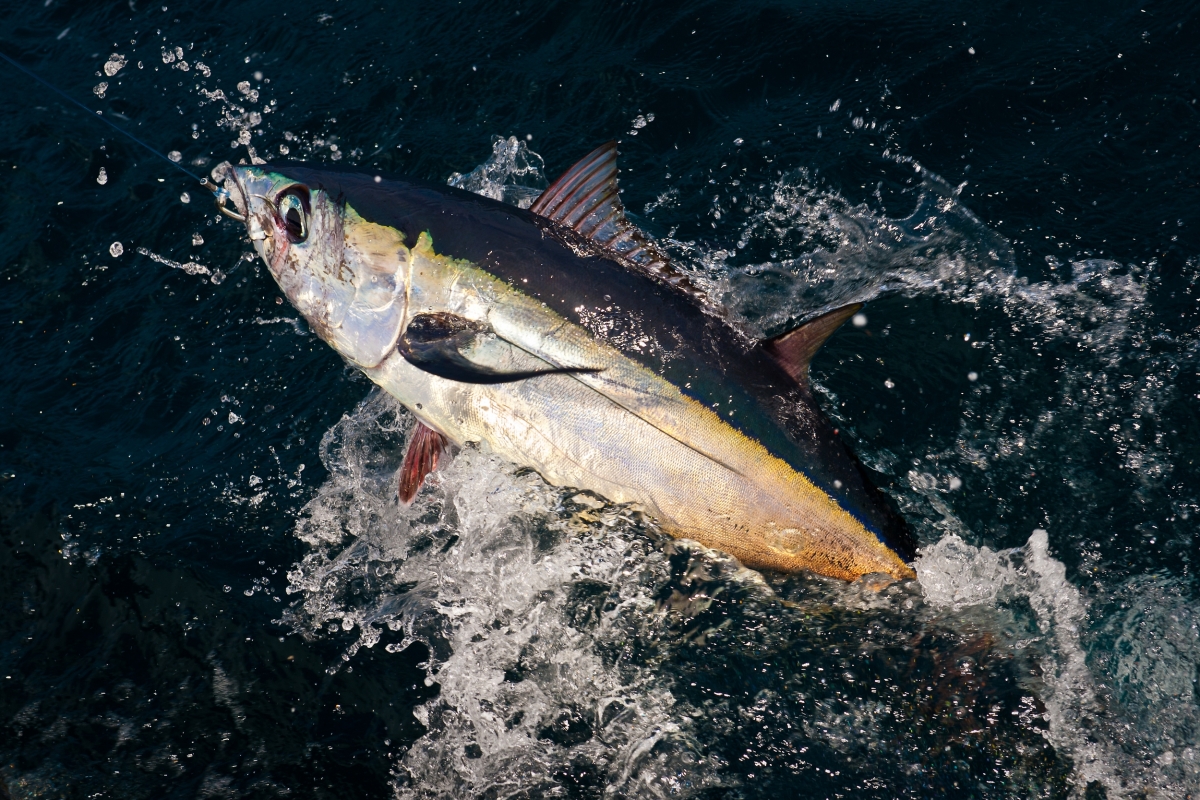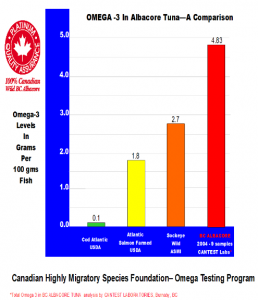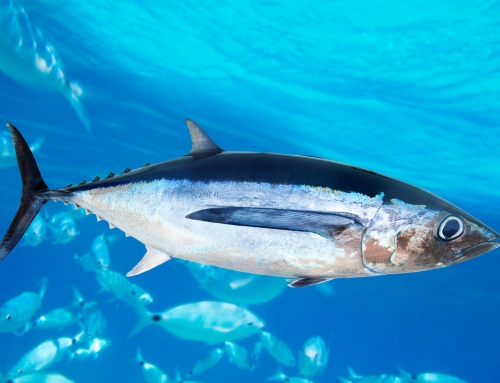Since 2000, the American Heart Association’s dietary guidelines have recommended that healthy adults eat at least two servings of fish per week, particularly fish such as mackerel, lake trout, herring, sardines, Albacore tuna and salmon. These fish contain two omega 3 fatty acids eicosapentaenoic and docosahexaenoic acids (EPA and DHA).
Fish oils are particularly effective in reducing inflammation and can be of great benefit to people suffering from rheumatoid arthritis or ulcerative colitis. Daily supplementation with as little as 2.7 grams of EPA and 1.8 grams of DHA can markedly reduce the number of tender joints and increase the time before fatigue sets in. Some studies have also noted a decrease in morning stiffness and at least two clinical trials concluded that arthritis patients who took fish oils could eliminate or sharply reduce their use of NSAIDs and other arthritis drugs.
Omega 3 fatty acids have also been seen to have a direct benefit on heart disease risk in relatively short periods of time (Etherton).
It is estimated that 85% or more of people in the Western world are deficient in Omega 3 fatty acids and most get far too much of the omega 6 fatty acids. Vegetarian diets, for example, tend to be very high in omega 6 perhaps due to the excess consumption of products containing Corn.
What’s Special about Northern Pacific Canadian Albacore Tuna?
Albacore Tuna are a highly adapted pelagic species that migrate across entire oceans. As they migrate, they eat up to ¼ of their body weight a day in high oil content fish such as sardines, anchovy’s, squid, and even pelagic red crab. As young Albacore approach the Pacific coast of North America, they are still quite young, at an age of 3 to 4 years. As the water warms they gradually move up the California coast travelling through Oregon, Washington State, British Columbia, and in some cases Southern Alaska,
following schools of bait fish that they feed upon.
As the bait fish swim north they consume plankton growing in the rich waters off the west coast. As the summer progresses the oil cont
ent increases with the highest oil levels appearing in the fall. The tuna then head south and or West and begin their travels back to their spawning grounds.
Studies by Wheeler and Morrissey, 2003 showed that typically the Omega 3 Oil Content in an Albacore is lower towards the tail portion of the fish and higher towards the head and in the “belly flaps”. In this specific study the Omega 3 levels were 2.1 g/100g tissue to
3.5 in the belly flaps. In 2004, the CHMSF tested random samples from the Canadian fishery. The average Omega 3 oil content that year was 4.83 grams per 100 grams of tissue, making the oil content noticeably higher than Sockeye Salmon at 2.7 grams, Farmed Atlantic Salmon at 1.8 grams and Atlantic Cod at 0.1 grams. Since that time Canadian Albacore Tuna has gain worldwide attention as a superior source of Omega 3 Fatty Acids.
Markets for our tuna have since expanded dramatically and now include: Japan, China, Hong Kong, Taiwan, Singapore, Mexico and many countries in Europe. Our most recent interest comes from countries in Germany and France who make Pet Foods and Baby foods from natural products.
As an industry the Canadian Albacore Tuna Fleet is proud to be able to provide safe, wholesome, tuna products to Canadians and peoples around the world.
Northern Pacific Albacore caught from Northern California through to Alaska all are an excellent source of OMEGA 3 fatty acids.






